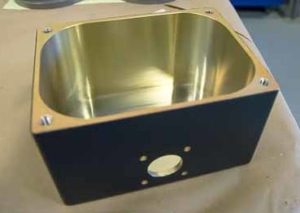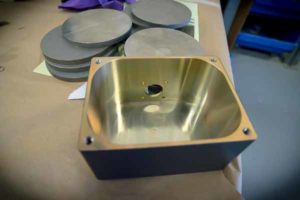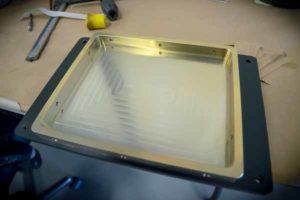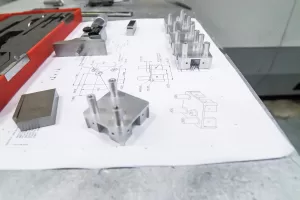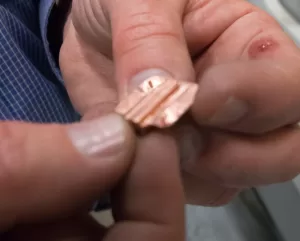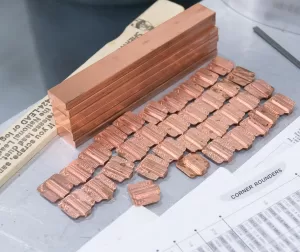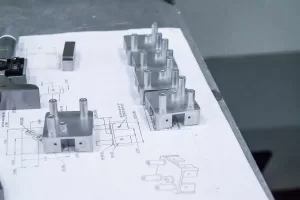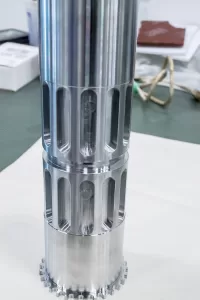Industry requires advanced manufacturing technologies to create the different products modern life demands. Precision machining is just one such technology but it encompasses a number of processes which we will briefly discuss in this article. These processes include milling, machining, cutting, boring, turning plus many more. Read along to find out what each process is and what it involves.
What is precision machining
Machining is a process of removing material from a workpiece while working within close tolerances. The closeness of the final finish introduces the “precision” in the process. The entire machining process is controlled by a computer commonly referred to as a CNC machine or computer numerical controls. Specialist machinists are needed to program and operate CNC machines. CNC machines are technically advanced pieces of equipment capable of operating in three or four dimensions to achieve the precision required. Workpiece material can be metal, plastic or even wood.
CNC Milling
Milling is a machining process used to cut and shape a workpiece into a desired final shape to form and dimensions. It utilizes a cutting tool mounted on a milling machine, operated either manually or by a CNC machine. A milling machine works in the horizontal and vertical planes, with the cutting tool and workpiece moving. The spindle also allows movement in the Z plane to permit the creation of intricate shapes. A CNC controlled machine is highly automated and can work from computer aided designs and utilize computer aided manufacturing programs to work autonomously.
Electrical Discharge Machining
Electrical discharge machining is an advanced machining technology which utilizes electrical sparks to erode the surface of a material. The EDM machine generates a spark between an electrode and the surface of a workpiece. The spark create a very high temperature condition, which melts the material being worked to remove excess material. The precision of the process is carefully controlled and the process takes place in a deionized water bath to provide cooling. Materials ideal for use with this procedure include hardened tool-steel, titanium, hastelloy and carbide, which are near impossible to work using conventional machining methods.
Turning Machining
This is one of the most common metal fabrication techniques using lathe machines. The turning process involves rotating a workpiece parallel to a cutting tool to create a desired shape in material including metals and plastics. The different types of turning processes include the following:
• Straight turning – a workpiece rotates whilst a cutting tool moves parallel to it.
• Thread turning – used to cut thread in bolts.
• External grooving – uses a grooving attachment to cut grooves to a specified depth in the workpiece.
Turning machining and the lathe is the equivalent to a potter’s wheel when they for a vase base and neck (groove turning).
All these metal fabricating techniques contribute in the construction of utility products such as enclosures and many other industrial manufacturing processes.
